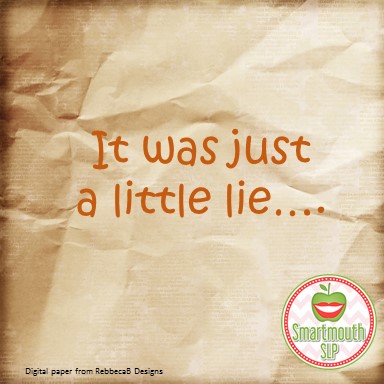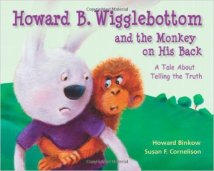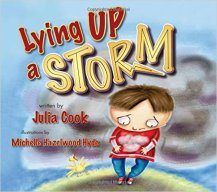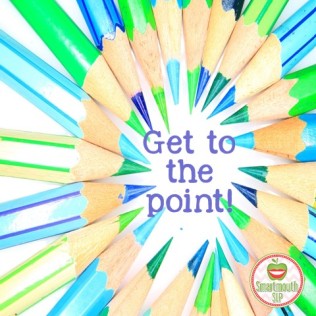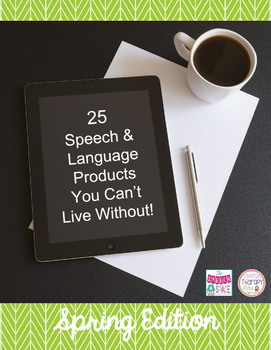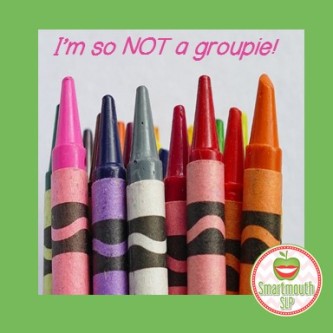
In working with students on the autism spectrum, one issue that seems to continue to pop up is working in groups successfully. Collaborative learning is woven throughout the core from my itty bitties to high school. I really like the tower of building blocks poster, from Michelle Garcia Winner’s Incredible Flexible You , that illustrates all the steps required to be part of a group.
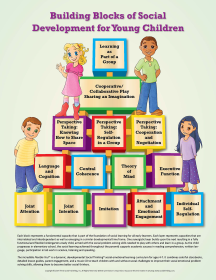
There are 14 skills that are necessary to do this effectively. Fourteen including joint attention, joint intention, imitation, attachment and emotional engagement, individual self regulation, language and cognition, central coherence, theory of mind, executive function, perspective taking (sharing space with others), self regulation in a group, cooperation and negotiation, collaborative play/sharing an imagination, and then, learning in a group. It would be a great visual to share with parents and teachers to show the complexity of what we are asking them to do. While it is innate in a neurotypical child, these skills often need more discreet teaching, breaking down the steps and lots of practice to help them figure out how to do all the things necessary to be part of a group successfully.
By the time the students are in middle school and beyond, it becomes more evident when there are social weaknesses that impair participation and cooperation in group work. Also, our kids who don’t have these group prerequisites can often appear to be non-cooperative and difficult behaviorally (refusal, interrupting, not being able to accept a differing opinion, no social filter) rather than their class recognizing that these “behaviors” are often part of their social language impairment. This does not endear them to their peers or teachers. They are often left to fend for themselves as a result, and this may inadvertently reinforce these behaviors to escape the group work for our kids. It’s a miserable cycle.
I have seen some great strategies that teachers, OTs and SLPs have used to encourage moving towards successful group work. They include letting the student choose a part of the group work to complete (on their own or with a preferred peer), recording a piece of their research or presentation on an iphone to reduce anxiety with presentation to a class, having the group present to the teacher outside of the class setting (less people, less distraction), or working in a group via technology such as group me (a group text message app that allows a back and forth group discussion), edmodo or using a google doc. Build up the time they participate slowly and reinforce the heck out of them!! For my older students, introducing the concept of the “social fake/boring moments” as illustrated in this fantastic poster by Social Thinking (RT) is important. This poster for working in a group is a great resource too. We need to acknowledge sometimes we need to work, think and talk about things we really don’t care about because it’s the expected behavior in a class discussion or project (and in life). Here is a video link to a good example of a conversational social fake (and a bad example too) as well as a great lesson plan from Cindy Meester on talking about the social fake HERE using the curriculum from Michelle Garcia Winner’s Social Thinking (RT) program. I also really like this TPT game, Phoney Baloney, from Just Speechie SLP to work on this skill too.
Working on the prerequisite pieces, such as self regulation, having a plan of what to do/say when you disagree, sticking to the topic, and the art of negotiation are all life long skills that will build success in group work, far beyond the school years. These are critical skills for success in the workplace and in relationships as well. Remember, the skills aren’t going to be acquired in a few speech sessions, if that were true they would have picked them incidentally a long time ago from their peers! It’s not just the SLP that needs to work on these skills either, the best outcome results from a team approach (student, family, teachers, peers, OT, counselor, etc..) and a lot of structured opportunity. I like to think about social language development as more of a crock pot than a microwave.
What strategies have you found work well in group work in the classroom for your students?
